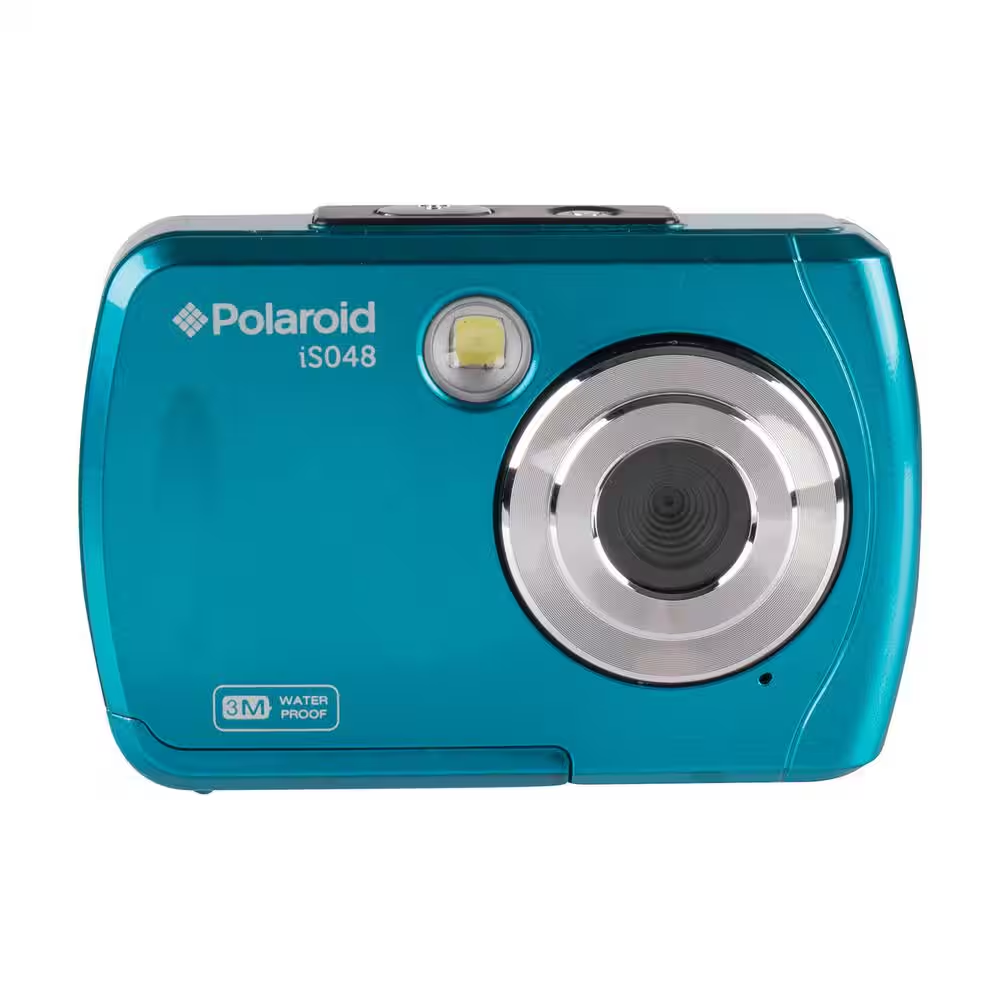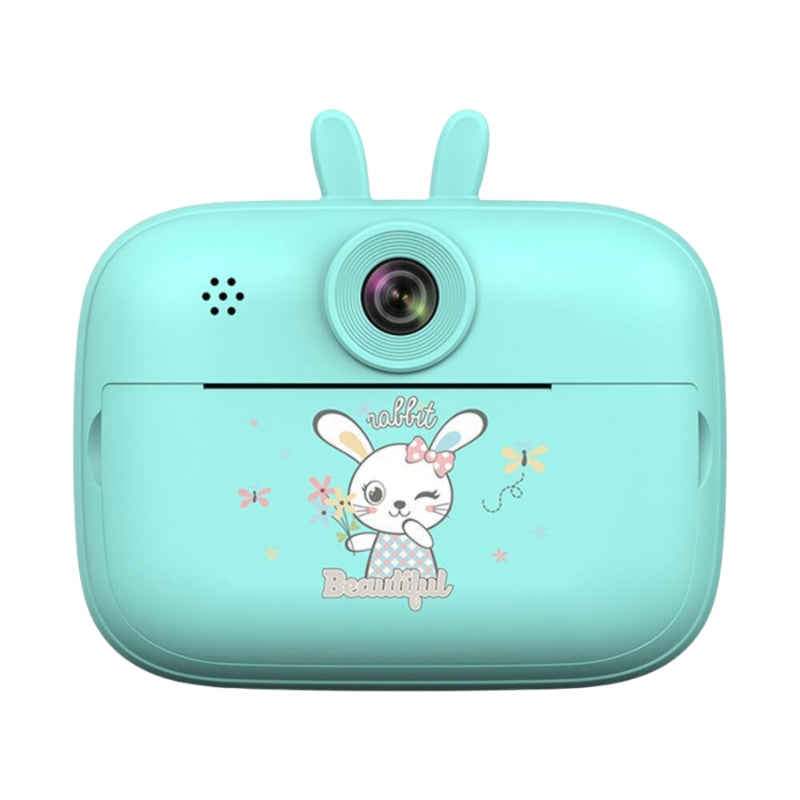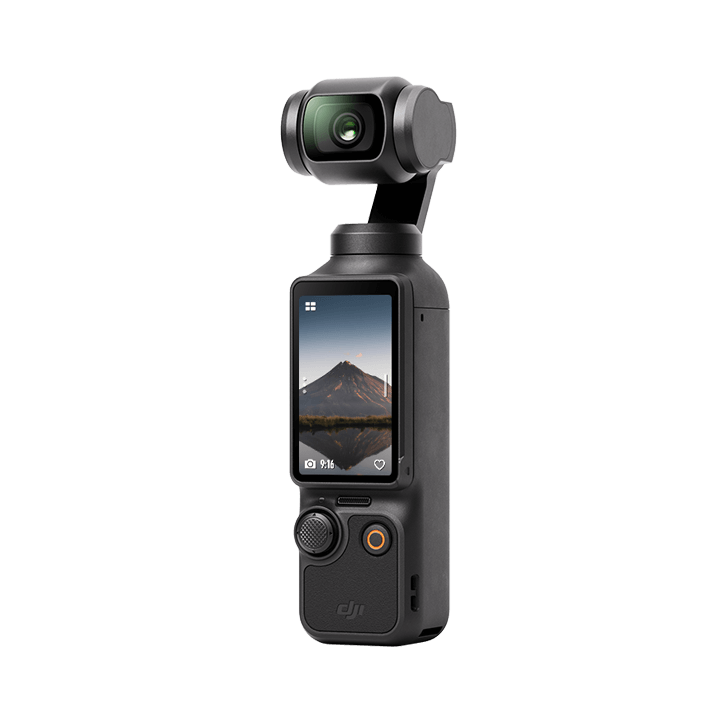Portable cameras have become increasingly popular in recent years. With their compact sizes and advanced features, these cameras allow you to capture high-quality images without the bulk of traditional DSLRs or mirrorless systems. Whether you own a point-and-shoot, a compact mirrorless camera, or even a smartphone, knowing how to make the most of your portable camera can enhance your photography experience. This article will provide practical tips and techniques to help you get the best results from your portable camera.
Understanding Your Camera’s Features
Familiarize Yourself with the Controls
To make the most of your portable camera, start by understanding its features and controls. Each camera model has different settings and buttons, and knowing where they are will help you capture photos more effectively. Take the time to read the manual that came with your camera. It will explain various functions and settings, such as aperture, shutter speed, ISO, and white balance. Understanding these basics is essential for taking full advantage of your camera’s capabilities.
Additionally, practicing with the camera will help as you become comfortable with its layout. Try adjusting settings like exposure and focus while shooting in different environments. This hands-on experience will give you confidence when you encounter various shooting situations in the future.
Experiment with Different Modes
Most portable cameras have several shooting modes, such as auto, portrait, landscape, macro, and night modes. Each mode optimizes the camera settings for specific conditions. Experimenting with these modes can help you discover how different settings affect your images. For instance, switch to portrait mode when taking pictures of people to achieve that lovely blurred background effect. Similarly, try macro mode when capturing close-ups of flowers or small objects.
Don’t hesitate to switch between modes depending on your environment and subject. Learning how to adapt to different situations will broaden your creative horizons and improve your skills as a photographer.

Mastering Basic Composition Techniques
Rule of Thirds
Composition is a crucial aspect of photography. A well-composed photo can significantly enhance its visual appeal. One useful guideline is the Rule of Thirds. Imagine dividing your image into nine equal parts by two vertical and two horizontal lines. The theory suggests placing your subject at the intersection of these lines or along the grid lines. This technique creates a more balanced and engaging image.
To practice this rule, look for subjects you want to capture, such as landscapes, people, or objects. Try framing your shot using the Rule of Thirds and observe how it affects the final image. Over time, you will develop an instinct for composing your shots effectively.
Leading Lines and Framing
Another technique to improve your composition is using leading lines. This involves incorporating natural lines in your scene, like roads, riverbanks, or fences, that guide the viewer’s eyes toward the subject. Leading lines add depth and perspective to your photos, making them more dynamic.
Additionally, consider using framing techniques by incorporating elements in the foreground to create a “frame” around your subject. This technique can add context and help draw attention to your main focus. Look for natural frames in your environment, such as tree branches or archways, to include in your shots.
Optimizing Light for Stunning Shots
Understanding Natural Light
Lighting is one of the most critical factors affecting photography quality. Natural light, particularly during the golden hour (shortly after sunrise or before sunset), provides soft, warm illumination that enhances the beauty of your images. Try to schedule your shooting sessions during these times for the best results.
However, harsh midday sunlight can create unflattering shadows. If you must shoot during this time, seek shaded areas or use reflectors to soften the light. Similarly, consider the direction of light when positioning your subject. A backlit subject can create stunning silhouettes, while front lighting is better for displaying details.
Experimenting with Manual Settings
Portable cameras often include manual settings for advanced users. If your camera allows for manual adjustments, try experimenting with exposure, ISO, and shutter speed. Adjusting these parameters will give you greater control over how light affects your images.
For example, if you want to capture motion, use a faster shutter speed to freeze action. Conversely, a slower shutter speed can be creative for capturing smooth, flowing water. By mastering manual settings, you will have the tools needed to leverage various lighting conditions for stunning shots.

Maintaining Your Camera for Longevity
Regular Cleaning and Care
Caring for your portable camera is essential for maintaining its lifespan and performance. Regularly clean the lens with a microfiber cloth to prevent dust and smudges from affecting image quality. Avoid using rough materials that could scratch the lens. Additionally, check the camera’s exterior for dirt or moisture and wipe it down when necessary.
Keep an eye on the internal components too. If you use your camera in sandy or humid environments, ensure that no debris enters the camera body. Using protective bags and cases can help safeguard your camera when not in use. By investing time in maintenance, you can ensure that your camera remains in prime condition.
Battery Management
Battery life is another crucial aspect of camera performance. To make the most of your portable camera, keep your batteries charged and carry extras if you plan on shooting for an extended period. Using battery-saving settings, such as turning off the display when not in use, can help prolong battery life between shoots.
Monitor your battery status regularly, and try to familiarize yourself with how long you can shoot on a single charge. Understanding your camera’s battery life can help you plan your shooting sessions more effectively and avoid running out of power at critical moments.
Using Accessories to Enhance Photography
Essential Accessories
While your portable camera is powerful on its own, using accessories can elevate your photography. Consider investing in essentials such as tripods, which provide stability and reduce camera shake in low-light conditions. Tripods are particularly helpful for long exposure shots or when shooting in tricky lighting situations.
Additionally, external flash units can enhance low-light performance, especially for indoor photography or portrait shots. Filters also play a significant role in photography. For example, polarizing filters help manage reflections and enhance colors in landscape photos.
Exploring Creative Tools
Get creative with accessories that can open new avenues in photography. Lens attachments like wide-angle or macro lenses can provide different perspectives and enhance your options. These tools make it easy to capture expansive landscapes or intricate details in your subjects.
Furthermore, consider investing in a portable lightbox for product photography. This controlled environment allows you to achieve professional-looking images with consistent lighting and minimal distractions. With the right accessories, you can fully explore your creativity and produce stunning photos.

Developing Your Photography Style
Finding Inspiration
Every photographer develops their unique style over time. To assist in this journey, seek inspiration from various sources. Browse photography websites, follow photographers on social media, or join photography clubs. Engaging with a community can expose you to different techniques and perspectives, enriching your understanding of the art form.
Consider practicing different genres of photography to discover what resonates most with you. Experimenting with landscapes, street photography, portraits, and abstract shots can provide invaluable insights into your preferences. Keep in mind that finding your style is an evolving process that may change as you continue to learn and explore.
Posting and Sharing Work
Once you start capturing great images, consider sharing your work on photography platforms or social media. Engaging with other photographers allows for constructive feedback and encouragement, pushing you to refine your skills further. Participate in challenges or competitions to help foster your growth and broaden your horizons.
While sharing your work online, also take the time to analyze feedback and understand what themes or techniques resonate with viewers. This critical self-reflection can help improve your photography and develop your style more clearly.
Practice and Patience
Setting Realistic Goals
Like any skill, photography requires practice and patience. Set realistic goals for yourself, such as capturing a certain number of images each week or exploring different techniques. Whether you are committed to shooting daily or weekly, consistent practice will ultimately lead to improvement.
As you progress, it’s essential to reflect on your work, identifying successes and areas for growth. Reviewing your images critically will enable you to build confidence and develop your unique perspective over time.
Embracing the Learning Process
Finally, embrace mistakes and learning opportunities throughout your photography journey. Every shot doesn’t have to be perfect, and failures can often lead to discoveries about your technique and style.
Cultivate an attitude of curiosity, exploring new techniques and experimenting with different settings. The more you learn, the more you will appreciate the art of photography. Remember that making the most of your portable camera is a continuous process. As you evolve as a photographer, so too will your understanding and enjoyment of capturing stunning images.
Unleashing Your Creativity with a Portable Camera
Making the most of your portable camera is about understanding its features, making conscious choices in composition, optimization of lighting, and regular maintenance. By following the tips outlined in this article, you will enhance your photography skills and capture stunning images that reflect your vision.
Always remember that photography is not only about the camera. It’s about your creativity, your perspective, and your unique voice. With practice, patience, and an eagerness to learn, you can transform ordinary moments into extraordinary memories. So grab your portable camera, explore your surroundings, and unleash your creativity today!
